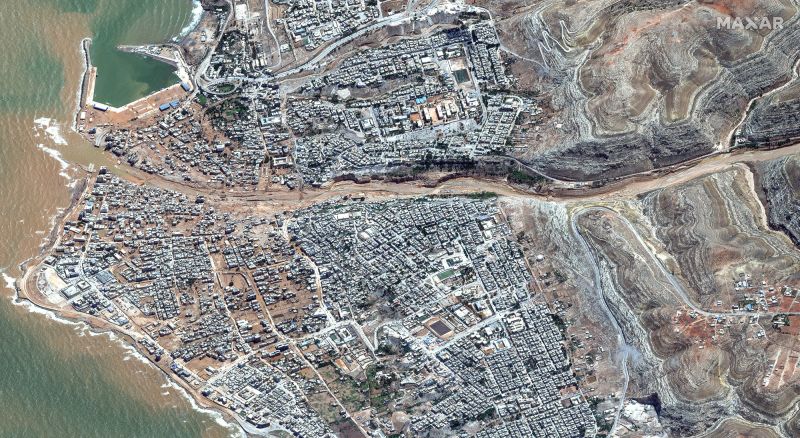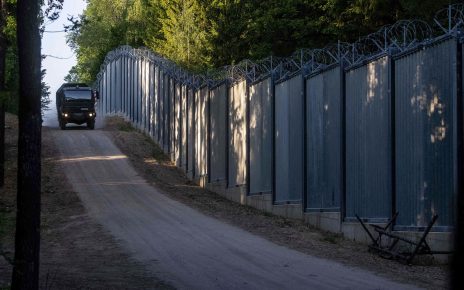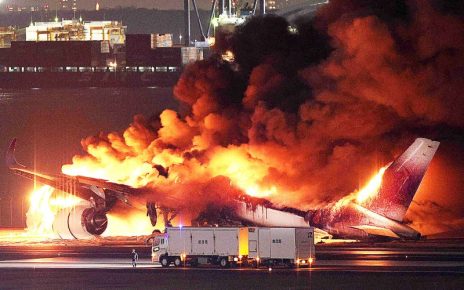
The deadliest flood disaster in African history was largely caused by an outdated system of dams, as well as a lack of awareness and warning of potential natural disasters. The catastrophic flooding, which began on April 2, 2015 in the Sudd swamps of South Sudan, killed over 300 people and left 1 million people displaced. The dams that were part of the ancient Jonglei Canal system were designed to protect nearby villages and flood plains from seasonal flooding, but now the dam structure is not able to cope with extreme weather events. Parts of the canal are over forty years old and were badly maintained, with portions of the system failing during floods throughout the years prior to 2015.
Furthermore, the government of South Sudan did not issue adequate warnings about the potential danger posed by flooding in the Sudd, leading to a lack of awareness and preparedness among the local community. This proved deadly, as villagers and residents of nearby rural areas were largely unaware of the risk and were unprepared for the rapidly rising waters. This lack of awareness was worsened by a lack of local media coverage warning of the potential danger, meaning that even those who sensed the danger heading their way had no idea of the severity.
The deadly floods in South Sudan are a tragic reminder of the importance of responsible engineering, infrastructure maintenance and adequate warning systems. In order to reduce the risk of similar natural disasters occurring in the future, African governments must commit to maintaining and monitoring crucial infrastructure, while at the same time making sure that effective warning systems are in place in case of extreme weather events.




